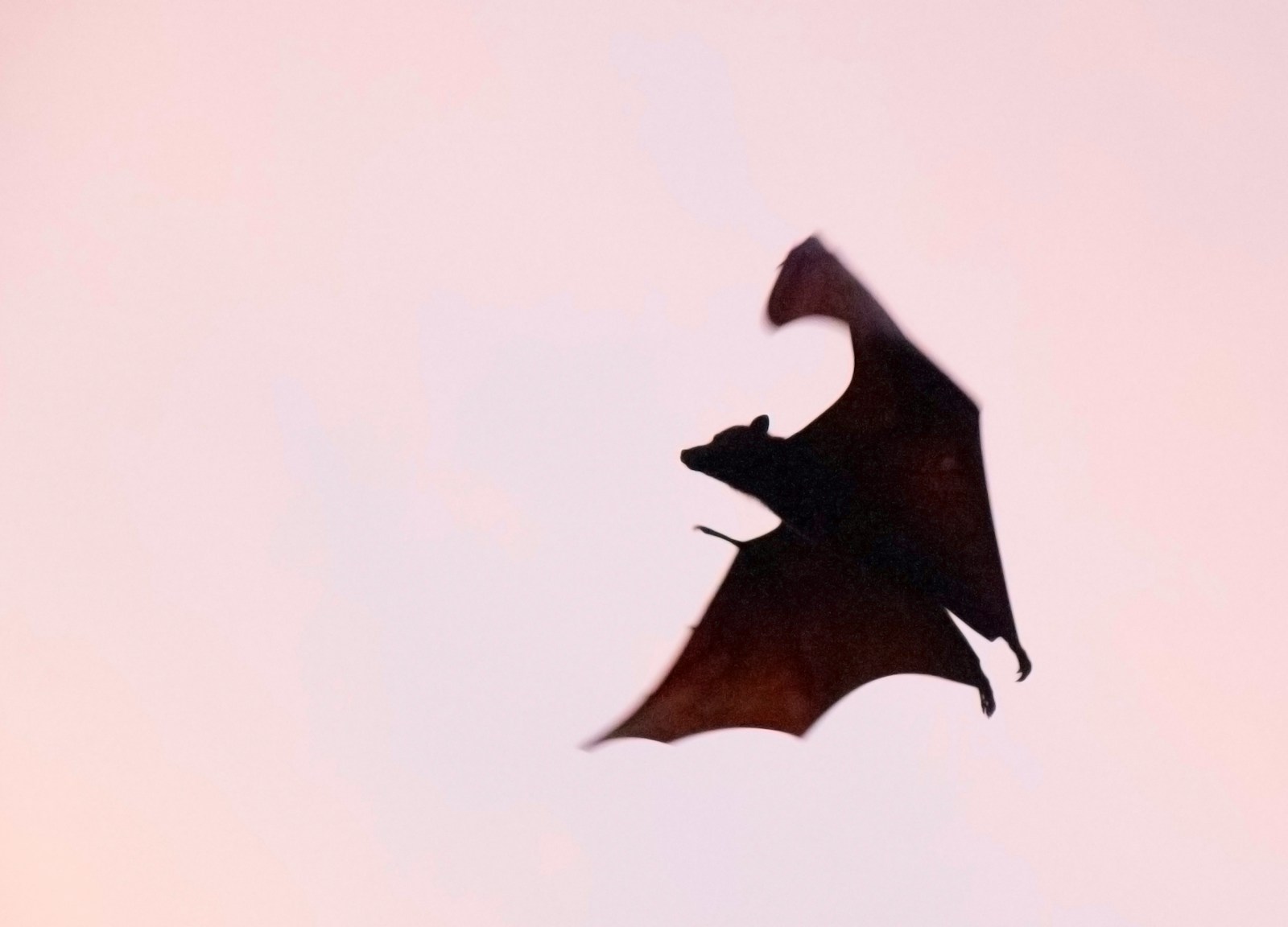Bats are protected creatures that play a critical role in maintaining the ecosystem, but when they make their way into your home, removal becomes necessary. In California, bat removal is subject to specific laws and regulations designed to protect both the bats and homeowners. Understanding these legalities can ensure you stay compliant while addressing your bat problem safely and effectively.
Are Bats Protected in California?
Yes, bats are protected under California state law and federal regulations. Many bat species are considered essential to the environment due to their role in controlling insect populations and pollination. Some species, such as the Townsend’s big-eared bat, are further protected as they are listed as “species of special concern” in California.
Key points about bat protection:
- It is illegal to intentionally harm, kill, or trap bats in most circumstances.
- Certain species are protected under the federal Endangered Species Act, making their removal highly restricted.
When Is Bat Removal Legal?
Bat removal is legal in California, but it must be done in a humane and responsible manner. Removing bats improperly, especially during sensitive periods like maternity season, can lead to penalties.
What you need to know:
- Maternity season restrictions: Between April and August, female bats give birth and raise their young. It is illegal to remove bats during this time, as young pups cannot fly and would be left to die if separated from their mothers.
- Humane methods only: Lethal methods such as poisons, traps, or extermination are strictly prohibited. Exclusion devices, which allow bats to leave but prevent re-entry, are the only acceptable method of removal.
Steps to Ensure Legal Compliance
To ensure that your bat removal efforts comply with California laws, follow these steps:
- Hire a licensed bat removal professional: Professionals are well-versed in state laws and have the necessary permits to perform bat exclusions.
- Schedule removal outside of maternity season: Plan bat-proofing and exclusion projects between September and March to avoid disturbing bat colonies during critical periods.
- Inspect for protected species: Identify the type of bats on your property. Some species may require additional permits or oversight for removal.
Penalties for Violating Bat Laws
Homeowners who fail to follow California’s bat removal laws can face significant consequences, including:
- Fines: Violating state or federal regulations can result in hefty fines, particularly if you harm protected species.
- Legal action: Improper removal methods can lead to lawsuits or complaints from wildlife agencies.
- Environmental damage: Removing bats illegally can harm ecosystems and contribute to declining bat populations.
What Homeowners Need to Consider
If you suspect a bat infestation, the best course of action is to consult with a professional bat removal service. Attempting to handle the situation yourself without understanding the legal requirements can lead to unintentional violations. Professionals can assess your situation, determine the appropriate course of action, and ensure compliance with all state and federal laws.
Final Thoughts
The legalities of bat removal in California are designed to balance the need for humane wildlife management with environmental preservation. By understanding these regulations and working with experts, homeowners can safely and legally remove bats while respecting their role in the ecosystem. Taking the right steps not only protects your property but also ensures you’re doing your part to conserve these important creatures.
